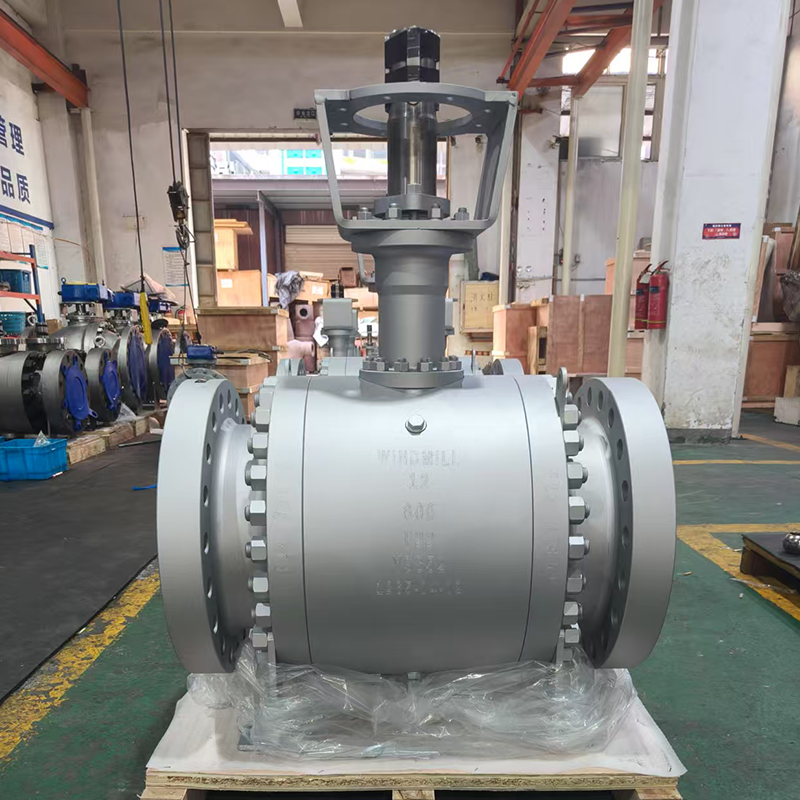
The Central Heating Tank Ball Valve is a vital component in domestic and commercial heating systems. It is typically installed to control the flow of water into and out of heating tanks or radiators. The valve's durability and resistance to wear directly influence the long-term efficiency of the heating system.

One of the important factors in evaluating a heating tank ball valve is its service life. A well-made ball valve can last for many years without significant wear or leakage. These valves are designed to withstand repeated cycles of opening and closing, and they function reliably even when exposed to warm water and pressurized systems. Common materials used in the manufacture of these valves include brass, stainless steel, and other corrosion-resistant metals. These materials help the valve resist scaling, corrosion, and material fatigue.
Maintenance is minimal, as ball valves typically have a simple structure with few moving parts. A full-bore design also helps prevent clogging and allows for efficient water flow. Proper installation and occasional checks are usually enough to ensure long service life. In well-maintained systems, a Central Heating Tank Ball Valve can operate effectively for 10–15 years or more.
A Safety Valve is an essential safeguard in fluid and steam systems, designed to release excess pressure and prevent system damage or potential accidents. Whether used in boilers, water heaters, or pressurized tanks, the primary goal of a safety valve is to maintain pressure within safe operating limits.
One of the key advantages of modern safety valves is that they are easy to use. Many safety valves are preset at the factory and do not require user adjustments. Once installed, they operate automatically, opening when internal pressure exceeds a specific threshold and closing once normal pressure is restored. This automatic function minimizes the need for manual intervention and ensures consistent protection.
Ease of installation is another benefit. Many safety valves are threaded or flanged, allowing quick integration into existing systems. Routine inspection and testing are straightforward. Many models come with test levers or indicators to verify their working condition without full disassembly.
Visual cues and accessible designs make it simple for maintenance personnel to identify and service safety valves. Compact form factors also allow them to be installed in tight or constrained spaces.
Safety Valve provides reliable and user-friendly protection for pressurized systems. Its automatic function, ease of setup, and minimal maintenance needs make it a vital and convenient component in many heating and industrial systems.
The Three-Way Ball Valve is a versatile component used to manage fluid direction in piping systems. Unlike a standard two-way valve, which simply opens or closes the flow path, a three-way valve allows for redirection, mixing, or distribution of fluid between three ports. This design is useful in applications such as temperature control systems, chemical mixing processes, and water distribution networks.
There are two common types of three-way ball valves: T-port and L-port. The T-port can connect all three ports simultaneously or selectively, allowing for mixing or distribution of fluids. The L-port directs flow between two ports at a time, ideal for switching between two fluid sources or outlets.
The advantage of the Three-Way Ball Valve lies in its ability to reduce the number of valves and fittings in a system, which simplifies piping and decreases installation time. Fewer connections also mean fewer potential leakage points, which improves reliability and lowers maintenance needs.
Operation is straightforward. The valve is typically operated with a quarter-turn handle or actuator, enabling quick changes in flow direction. It can be manually operated or automated depending on system requirements.
Made from materials like stainless steel, brass, or PVC, these valves are compatible with a variety of media, including water, oil, gas, and chemical fluids. Their compact design, combined with high flow efficiency and flexibility, makes the Three-Way Ball Valve a practical choice in both industrial and residential systems.

